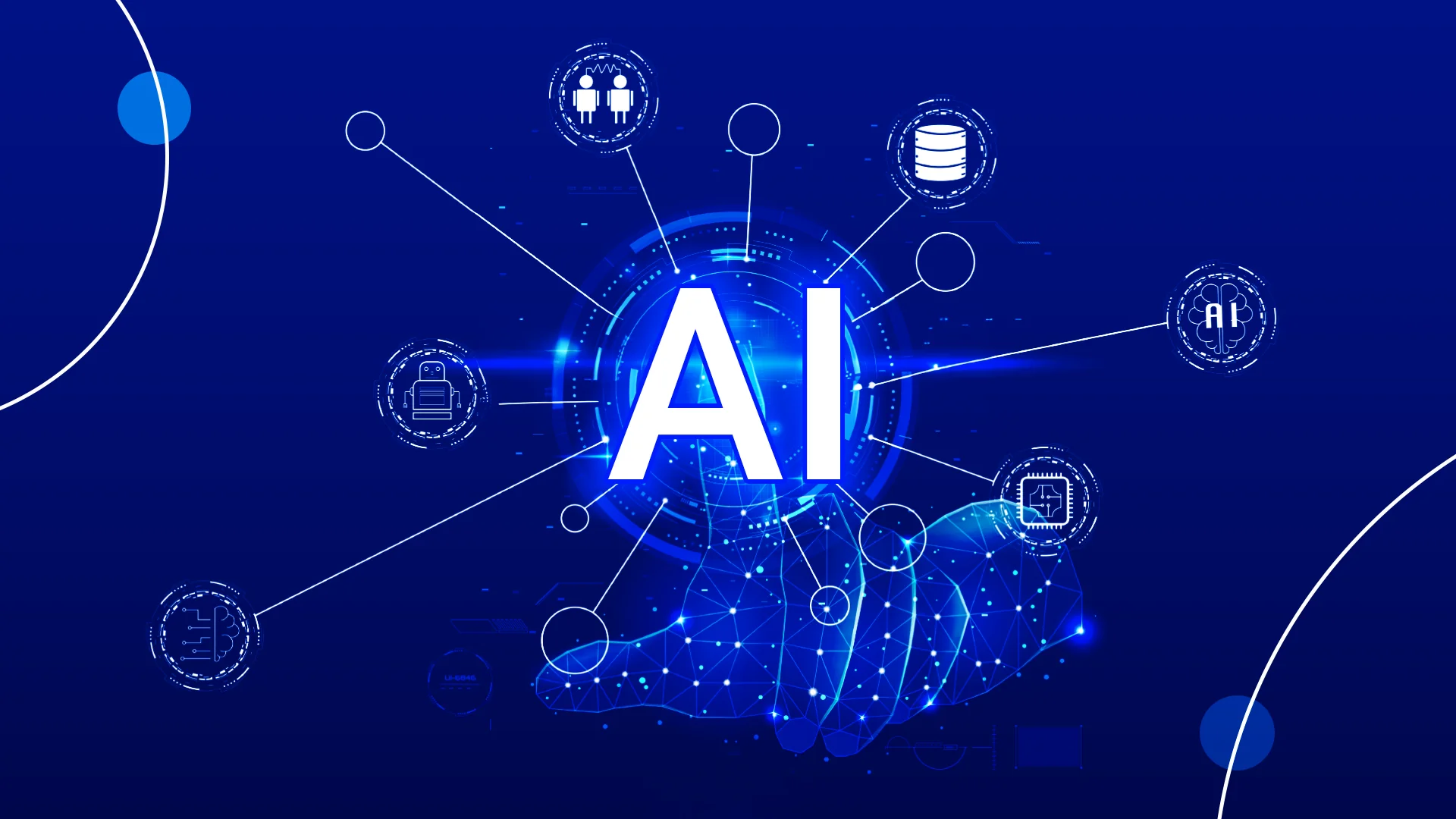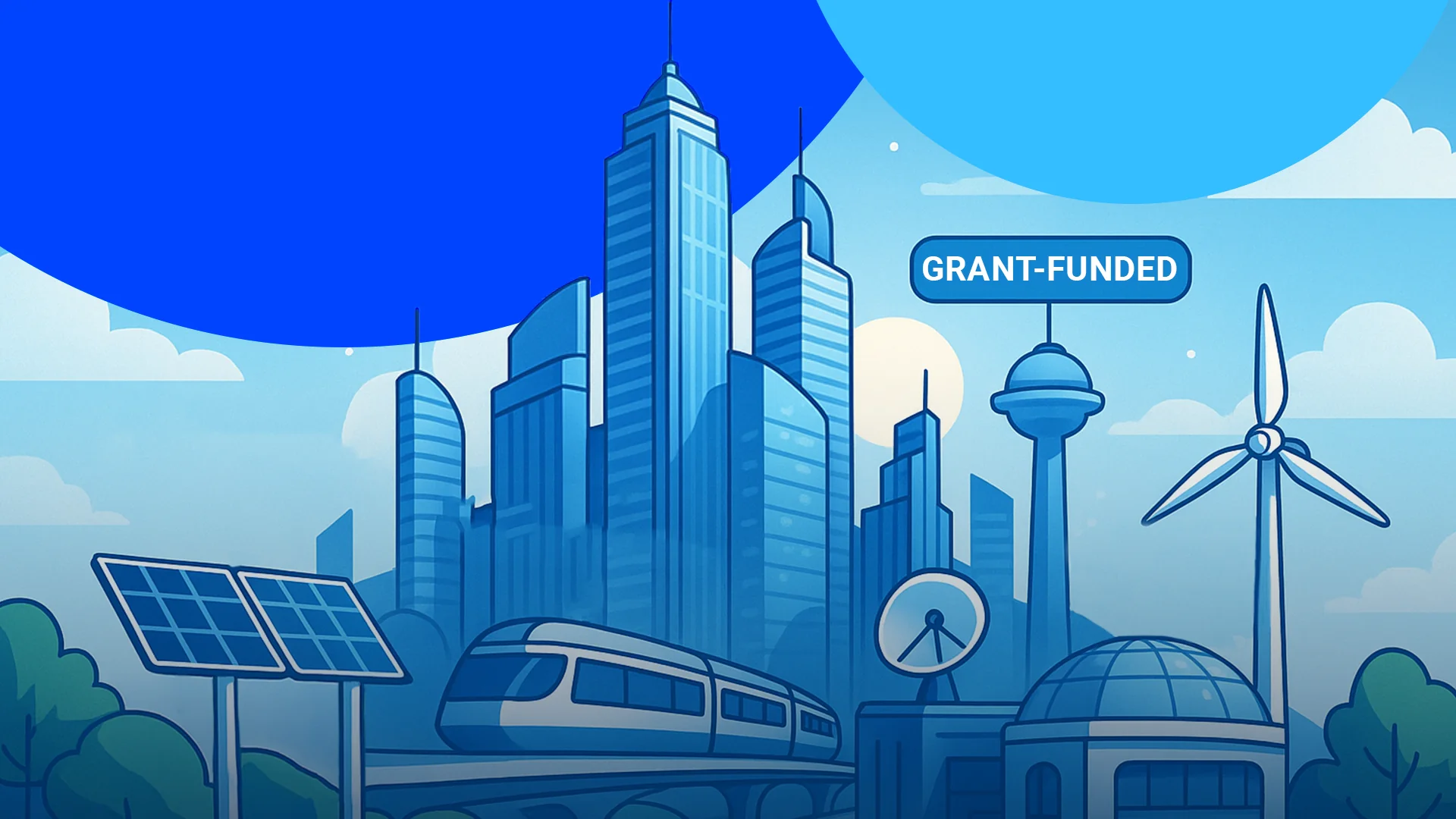Low-code AI platforms offer a transformative approach for federal agencies to enhance operational efficiency, streamline service delivery, and foster innovation with minimal coding.
These platforms enable the rapid development and deployment of applications, significantly reducing the time and resources required compared to traditional software development methods. By simplifying the creation and modification of applications, agencies can quickly adapt to changing regulations, policies, and citizen needs. This agility ensures cost efficiency and better allocation of resources.
Additionally, low-code platforms democratize the development process by allowing personnel with varying levels of technical expertise to contribute to innovation and problem-solving. Integrated security and compliance features meet governmental standards, ensuring applications are secure and data is protected.
Overall, low-code AI platforms empower federal agencies to improve internal processes, enhance citizen engagement, and deliver public services more effectively, thereby bridging the gap between technological potential and practical implementation.
This blog explores two use cases of how low-code AI technology can help government agencies and the benefits agencies can harness from this emerging and ever-evolving technology.
CASE STUDY 1: OPTIMIZING IMMIGRATION APPLICATION AND SCREENING PROCESSES
The immigration process is notoriously complex and lengthy, often overwhelmed by high volumes of applications. This results in significant delays and a lack of transparency for individuals awaiting their status.
Enter no-code/low-code platforms, offering AI-driven solutions that transform these tedious tasks into streamlined, user-friendly experiences. Here are some examples:
Streamlined Application Processes: Low-code platforms streamline the creation of digital forms, enhancing user intuition. AI guides applicants by adjusting questions in real-time and pre-filling forms with prior or public data, thereby simplifying the process and reducing errors.
Automated Document Verification: AI’s use for document verification allows for the instant validation of documents submitted online, such as proof of identity or qualifications. This automation speeds up the review process, reduces manual errors, and significantly shortens the application processing time.
Intelligent Routing and Prioritization: AI algorithms can automatically route applications to the appropriate department or personnel, based on the specific details of the application. Furthermore, AI can prioritize applications based on urgency, completeness, or other criteria.
Personalized Notifications and Reminders: Low-code AI platforms can integrate with communication systems to send automated, personalized notifications. This keeps applicants informed about the status of their applications. AI can tailor these communications based on preferences, improving satisfaction.
Enhanced Data Security and Compliance: Low-code platforms designed with AI capabilities include robust security measures to protect sensitive applicant data. They can also ensure that the application process complies with relevant laws and regulations, automatically updating the process as new regulations come into effect.
Continuous Improvement through Analytics: AI can analyze data on how applicants interact with the application process, identifying bottlenecks or areas where users frequently encounter problems. This insight allows agencies to continuously improve the process, making it more efficient and user-friendly over time.
By employing low-code AI technology, agencies can transform the immigration application process into a more efficient, secure, and user-centered experience. This not only benefits the applicants, who enjoy a smoother, faster process but also enables immigration agencies to operate more effectively, reducing costs and freeing up resources to focus on other priorities.
CASE STUDY 2: REVOLUTIONIZING FEDERAL GRANTS
An AI low-code platform can revolutionize the administration and distribution of federal grants by making the processes more efficient, transparent, and accessible, both for the agencies disbursing the grants and the individuals or organizations applying for them. Here’s how:
Streamlined Grant Application Process: An AI low-code platform can guide applicants through the process, providing real-time assistance and feedback and automatically filling in details from previously submitted information or public records. This reduces errors, improves the quality of applications, and enhances user experience.
Automated Eligibility Screening: AI algorithms can instantly analyze application data against grant criteria to determine eligibility, significantly reducing the manual workload. This automation speeds up the screening process, allowing agencies to focus on evaluating the most promising applications.
Efficient Grant Management: Low-code platforms can automate much of the grant management lifecycle, from application and review to awarding and monitoring. AI can help in tracking the progress of funded projects, ensuring compliance with grant conditions, and evaluating the impact of the grant funds, thereby improving accountability and effectiveness.
Enhanced Decision-Making: AI can analyze vast amounts of data from grant applications and funded projects to identify trends, success factors, and areas of need. This insight can inform strategic decisions about where to focus grant funding for maximum impact.
Personalized Grant Matching: For potential applicants, AI can recommend grants they are most likely to be eligible for based on their profile, past applications, and project needs. This personalized approach can increase the chances of successful applications and ensure that funding reaches those who can benefit most.
Fraud Detection and Compliance: AI algorithms can detect anomalies in applications and reports, identifying potential fraud or non-compliance with grant conditions. This proactive approach protects federal funds and ensures they are used as intended.
By leveraging AI low-code platforms, federal grant programs can become more efficient, equitable, and impactful, benefiting the government, grant recipients, and ultimately, the public they serve.
The Impact of No-Code/Low-Code AI Platforms in Government
In conclusion, low-code AI technology stands at the forefront of transforming government operations, making them more efficient, accessible, and responsive to citizen needs.
Through the lens of optimizing immigration processes and revolutionizing federal grants management, we can envision how these platforms can simplify complex procedures, enhance decision-making with data-driven insights, and personalize services to better meet individual requirements.
This technology enables agencies to deliver on their commitments more effectively, ensuring resources are utilized where they’re needed most, and fostering a more engaged, satisfied citizenry. As these case studies demonstrate, the potential of low-code AI to reshape the landscape of public services, offering a roadmap toward better citizen experiences.
Author:
Tarek Sahalia
REI Solutions Architect
Connect on LinkedIn





